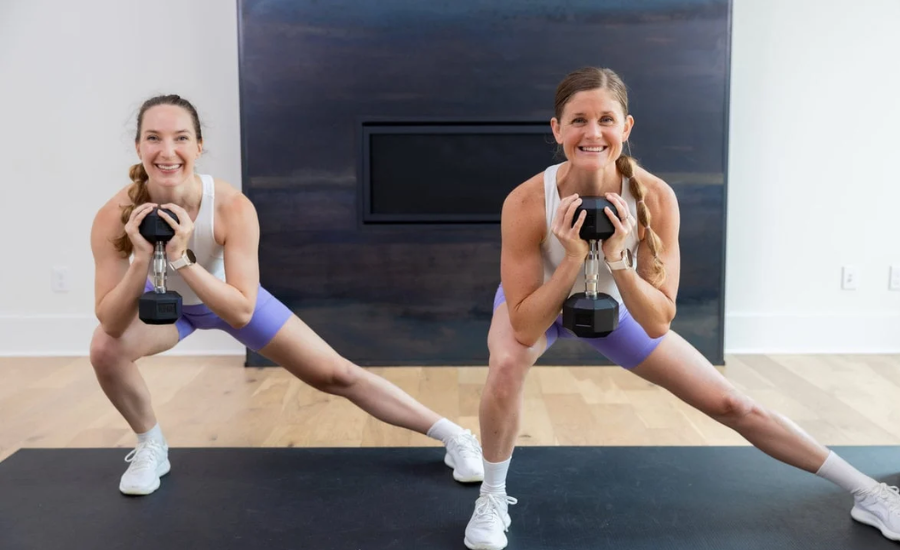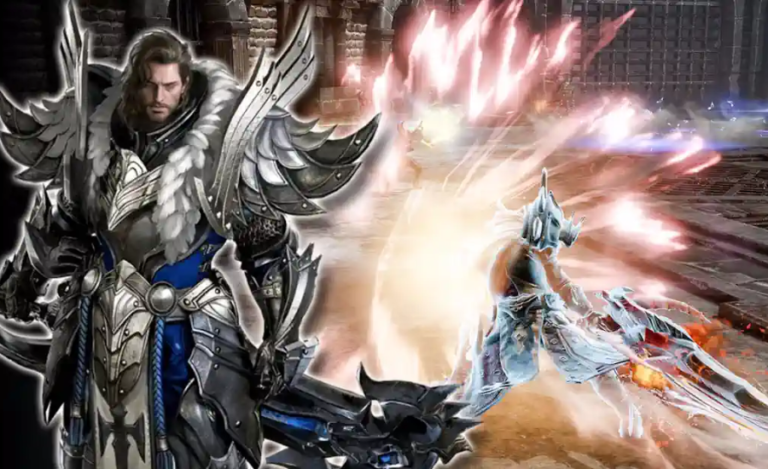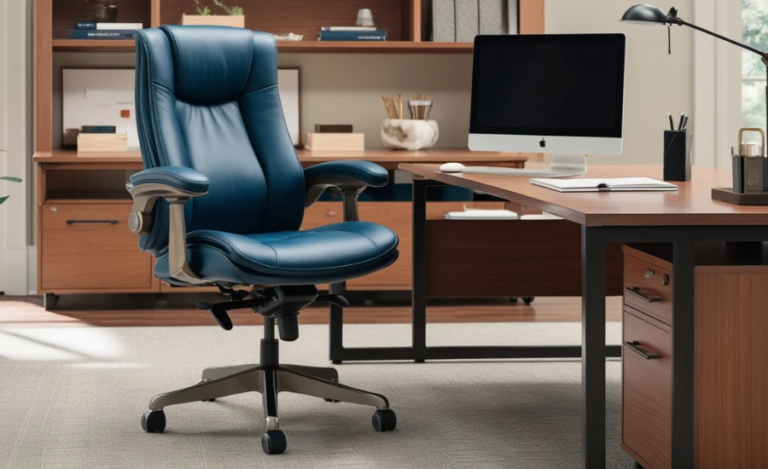Dumbbell Leg Workout: Target Your Quads, Hamstrings, and Glutes
dumbbell leg workout Missing out on leg day due to a lack of specialized equipment? Don’t worry, you can still get an effective lower body workout using just dumbbells. Whether you’re targeting your quads, hamstrings, or glutes, dumbbells can help you achieve a powerful leg workout. This dumbbell leg routine incorporates some of the most effective exercises to deliver results. No need for machines—just dumbbells and the right moves to strengthen and sculpt your legs!
Strong Legs, Strong Body
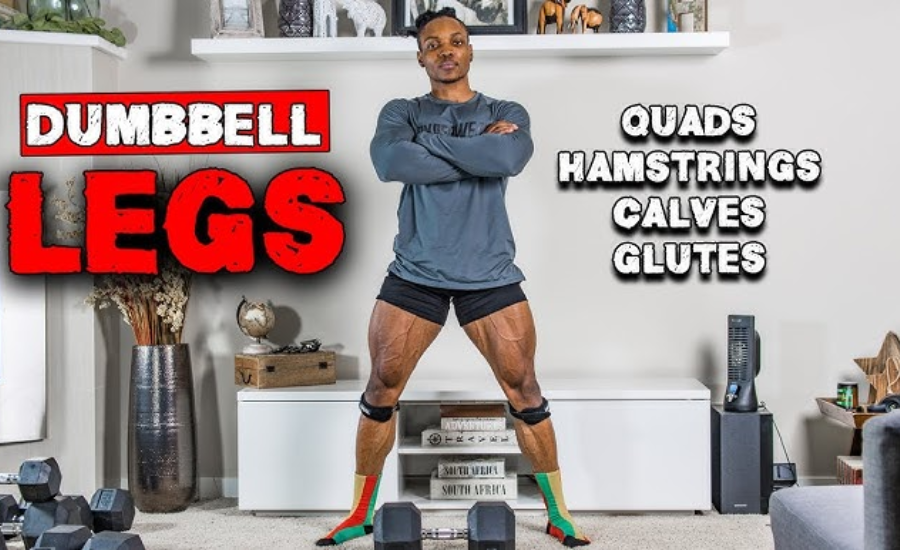
Just like a sturdy foundation supports a house, strong legs are crucial for overall body performance and appearance. Leg strength plays a vital role in nearly every sport and can make everyday tasks—like climbing a long flight of stairs—much easier. While “functional strength” is a term often heard in fitness circles, there’s no denying that having powerful legs makes everyday movements more efficient and enhances athletic performance.
Weak legs can hold back your overall strength and muscle growth. You might be surprised to learn how much your legs contribute to upper body exercises. Many compound lifts, like those for the back, chest, and shoulders, rely on your legs for stability, power, and overall effectiveness.
The Key to Continued Progress: Progressive Overload
To continue building muscle and strength, it’s essential to incorporate progression into your workouts. While adding more reps and sets can help in the short term, this approach can eventually lead to longer and more exhausting training sessions.
The most effective way to keep making progress is through progressive overload. This involves gradually increasing the resistance you work with, whether that means adding weight to your dumbbells, adjusting the weight stack on a machine, or simply selecting a heavier pair of dumbbells. In a dumbbell-focused workout like this one, the level of progression depends on whether you’re using fixed or adjustable dumbbells.
Understanding Your Leg Muscles
Before diving into your leg workout, it’s important to understand how your leg muscles work. The quadriceps, located at the front of your thigh, consist of four muscles: the vastus lateralis, vastus intermedius, vastus medialis, and rectus femoris. These muscles are key in leg extension, hip flexion, and knee stability, while also playing a significant role in posture. Together, the quadriceps form one of the largest muscle groups in the human body.
The vastus lateralis is the largest of the four, positioned on the outer side of the thigh. The vastus medialis, found on the inner thigh, is the teardrop-shaped muscle just above the knee. The rectus femoris, unique among the quadriceps, crosses the hip joint, helping extend the knee and assisting with hip flexion.
The Power of Your Glutes
Your glutes are made up of three main muscles: the gluteus maximus, gluteus medius, and gluteus minimus. Of these, the gluteus maximus is the largest muscle in your body. While there are other smaller muscles in your rear, they don’t significantly contribute to the overall muscle mass, and typically, you don’t need to isolate them in your training, as they’re activated during most exercises targeting the glutes.
The glutes play a crucial role in stabilizing your pelvis and upper body. They’re essential for movements like walking, running, jumping, and squatting. Even simple daily actions such as standing up from a chair or picking something up from the floor rely on strong glutes. In athletic endeavors, powerful glutes generate significant force, improving performance across a wide range of exercises.
Maximize Your Leg Workouts With Dumbbells
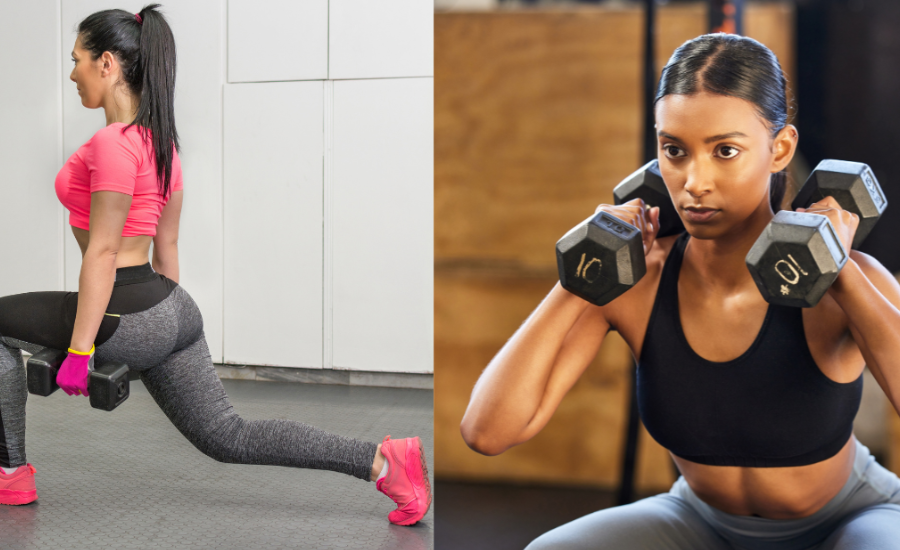
When it comes to building strong legs, dumbbells are all you need—whether your goal is muscle growth, leg strength, or simply staying fit. Dumbbells offer some of the most effective exercises for a complete lower body workout, allowing you to target your quads, hamstrings, and glutes for the best results.
While bodyweight exercises are great for overall fitness, they often fall short in helping you build significant leg muscle and strength. To really push your leg training, adding dumbbells into the mix is essential. The right weight will vary depending on your strength level and experience, so it’s important to find the weight that challenges you without being too light or too heavy for your needs.
Warm Up for Maximum Performance
Before diving into your workout, it’s important to spend a few minutes warming up. This not only prepares your body for the intense activity ahead but also primes your lower body muscles, helping you perform better and reducing the risk of injury. While the chances of injury are generally low, it’s always a good idea to minimize that risk even further.
Start by increasing your heart rate with some light cardio—jogging in place, jumping jacks, or even a few burpees if you’re feeling bold. A couple of minutes of these will help get your blood flowing. Follow up with some bodyweight squats and lunges to further activate your lower body muscles. Once you’re warmed up, you’re ready to get into your workout!
Optimal Rest Between Sets for Muscle Growth
When it comes to resting between sets, research suggests that taking a 2–3 minute break is ideal for muscle growth. This rest period allows your muscles to recover and perform better during the next set. However, the difference in results isn’t drastic. If you’re pressed for time or prefer a faster-paced workout, you can shorten your rest periods. A minimum of one minute between sets is still beneficial for maintaining workout intensity and effectiveness.
The Power of Dumbbell Squats
Squats are a foundational exercise for enhancing overall fitness and are essential for building lower body strength. Dumbbell squats target the same key muscles as barbell squats, primarily focusing on the quads and glutes. They also engage your adductors (inner thigh muscles), lower back, and even your calves to a lesser extent.
One major benefit of dumbbell squats over barbell squats is the convenience. Unlike barbell squats, you don’t need a squat rack, and you can drop the dumbbells easily if you reach your limit, reducing the risk of getting stuck at the bottom of the movement.
The Benefits of Dumbbell Lunges
Dumbbell lunges are an effective compound exercise that works several muscles in your lower body, particularly the quads and glutes, while also engaging the hamstrings to a lesser degree. In addition to building strength, lunges are excellent for improving balance and coordination.
For a variation, you can opt for reverse lunges instead of forward lunges. The reverse lunge places more emphasis on the hamstrings and is often gentler on the knees, making it a suitable alternative for those with knee concerns.
Finish Strong With Dumbbell Step-Ups
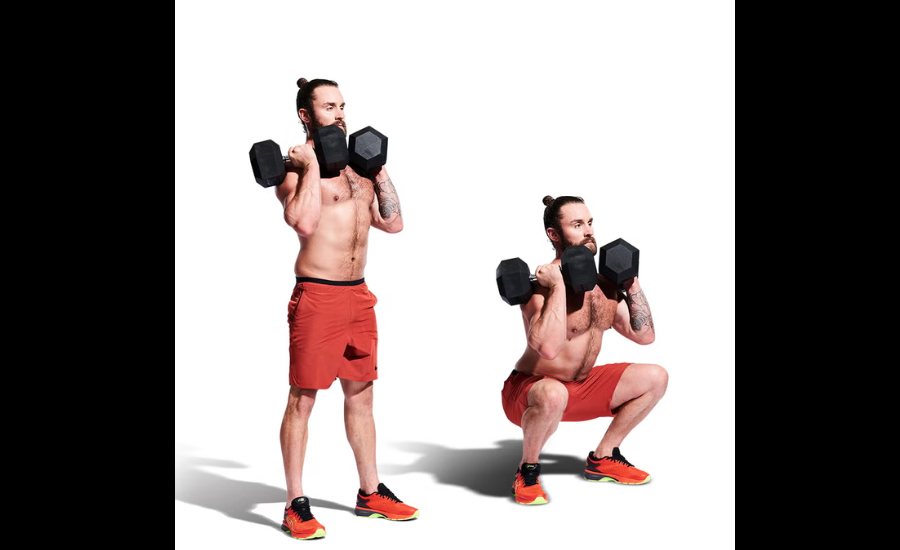
Dumbbell step-ups are an excellent exercise to wrap up your leg workout, primarily targeting the gluteus maximus and helping to build butt strength and muscle mass more effectively than squats or hip thrusts. You can perform this exercise using any stable surface, such as a chair, footstool, or step.
To perform a dumbbell step-up, hold a dumbbell in each hand and stand in front of a solid surface. Start by placing your right foot on the step, then push through your right leg to lift your body. Step back down, then repeat the movement with your left leg. Alternate legs for the desired number of repetitions.
If the added weight is too challenging, feel free to drop the dumbbells and use just your body weight to complete the set.
Optimizing Your Leg Workout Routine
For most individuals, performing StrengthLog’s Leg Workout With Dumbbells once or twice a week is an effective approach for building both muscle and strength. Research suggests that completing 10 to 20 sets per muscle group each week provides optimal results for muscle growth and strength development. As your training experience grows, you can gradually increase the volume, approaching the higher end of that range.
Rather than cramming everything into a single session, it’s more beneficial to split the workout into two sessions to maintain the quality of your sets. Beginners with only a few months of training can benefit from doing this workout once a week. More advanced lifters, athletes, and bodybuilders may opt for two sessions weekly to further enhance their progress. Regardless of your experience level, this leg workout provides the necessary stimulus for muscle fibers to grow and increase in strength.
Final Words
A dumbbell leg workout is an excellent way to build strength and muscle in your lower body without the need for specialized gym equipment. Using dumbbells, you can target all the major leg muscles—quads, hamstrings, and glutes—with effective exercises like squats, lunges, and step-ups. This type of workout is perfect for anyone looking to enhance leg strength, improve balance, and increase muscle mass.
Incorporating progressive overload into your dumbbell leg workout ensures continuous progress by gradually increasing the weight or intensity of your exercises. This method helps build muscle and strength over time. Whether you’re a beginner or an advanced lifter, a well-structured dumbbell leg routine can provide the stimulus your muscles need for growth. With consistency and proper form, your legs will become stronger, more toned, and ready to support a variety of movements and athletic activities.
For exclusive shoe discounts, don’t miss out on Buzz Revolve, only on Lepbound!
